Flax cultivation
Cultivated every 6 years on a same field, flax is an excellent head of rotation. It has low nitrogen needs, prevents diseases and provides optimum soil quality. In addition, it does not need any irrigation from sowing to harvesting.
Step 1
Drilling
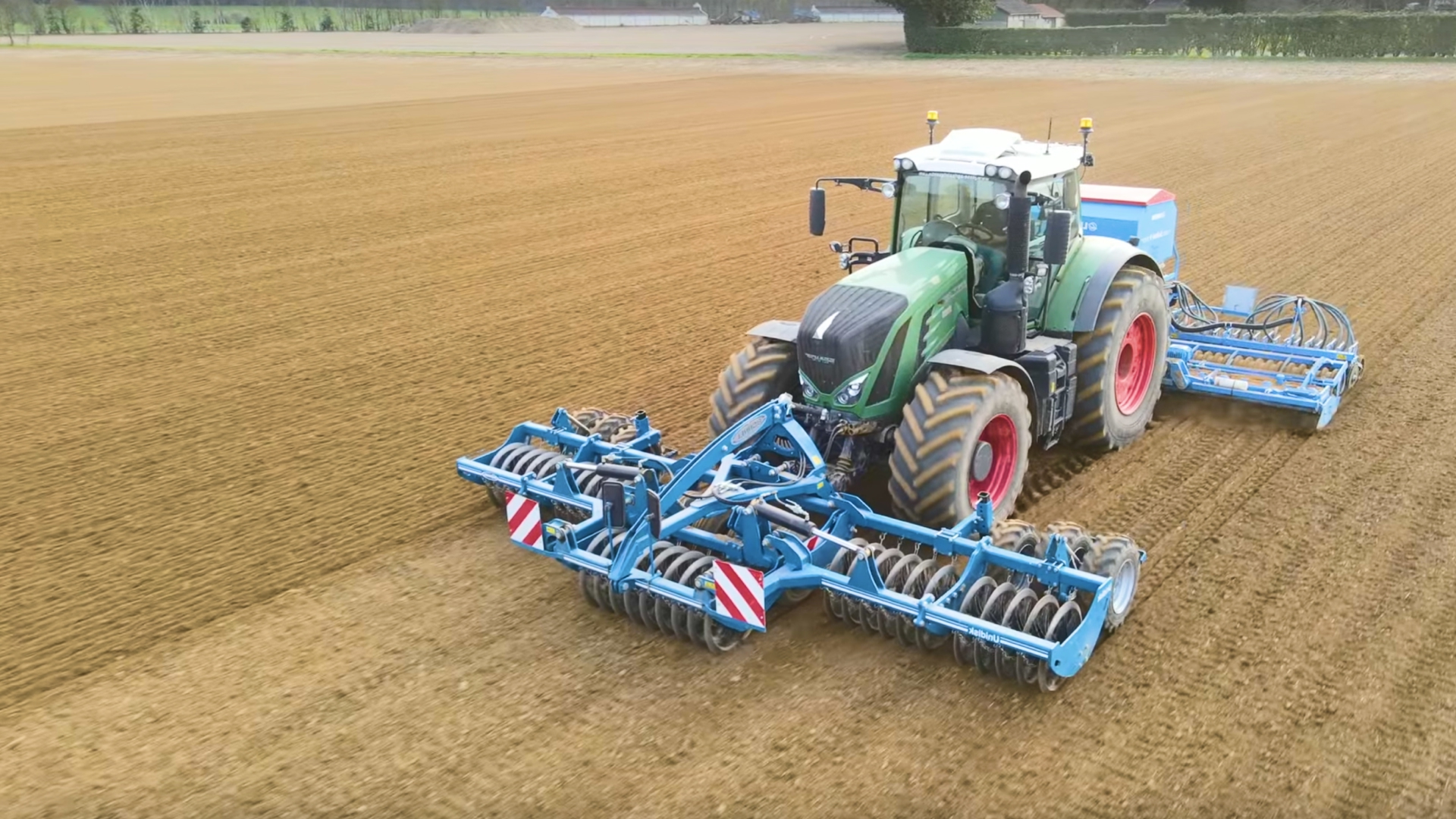
Drilling takes place in early April, depending on the area.
Seeds are sown at a depth of 2 cm. The flax reaches maturity after 100 days.
Step 2
Flax blooming
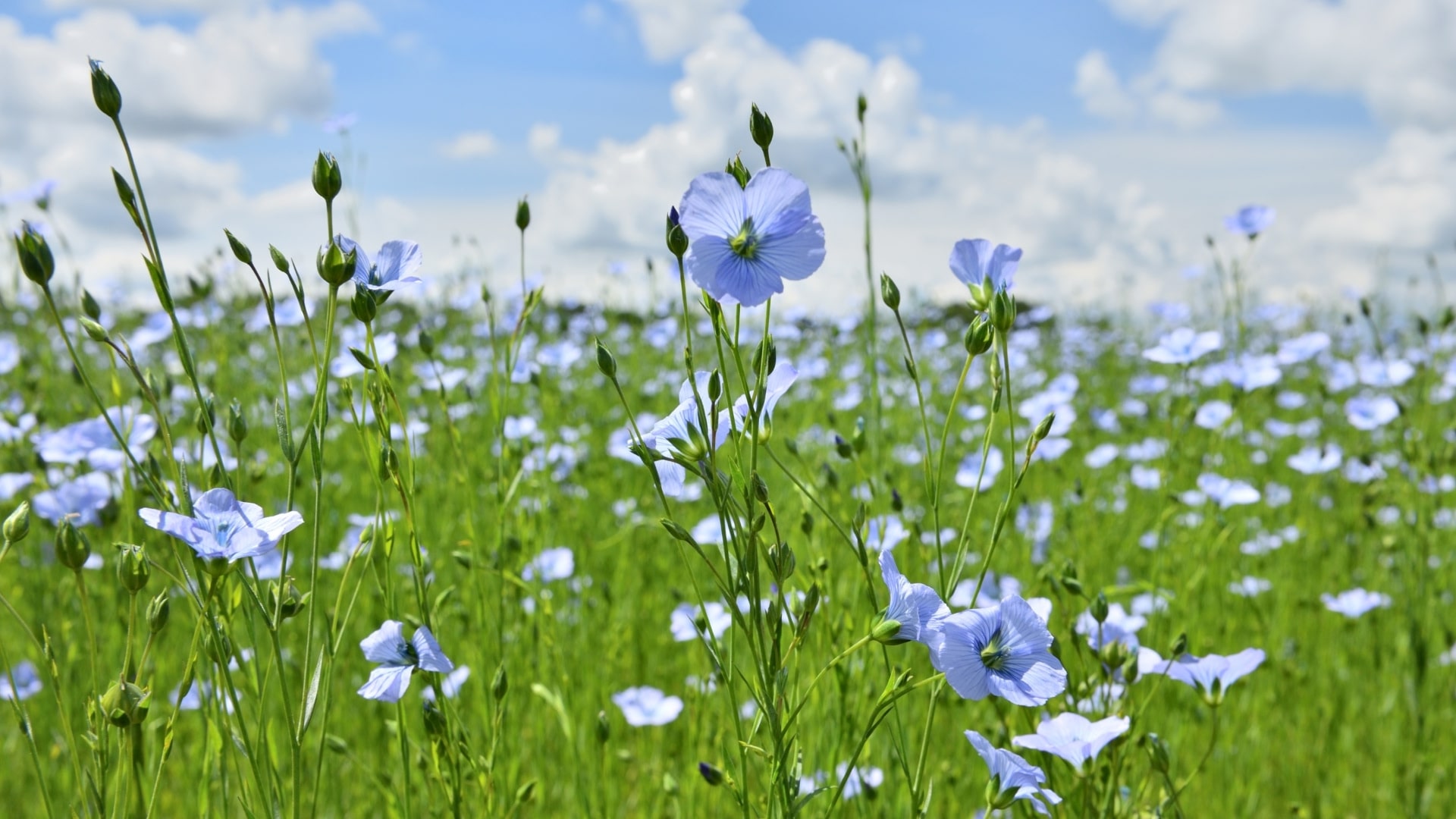
Flowering occurs in June, and the plants reach a height of approximately 100 cm.
The flowers only live for several hours, blooming in the morning and fading during the day.
Step 3
Flax pulling
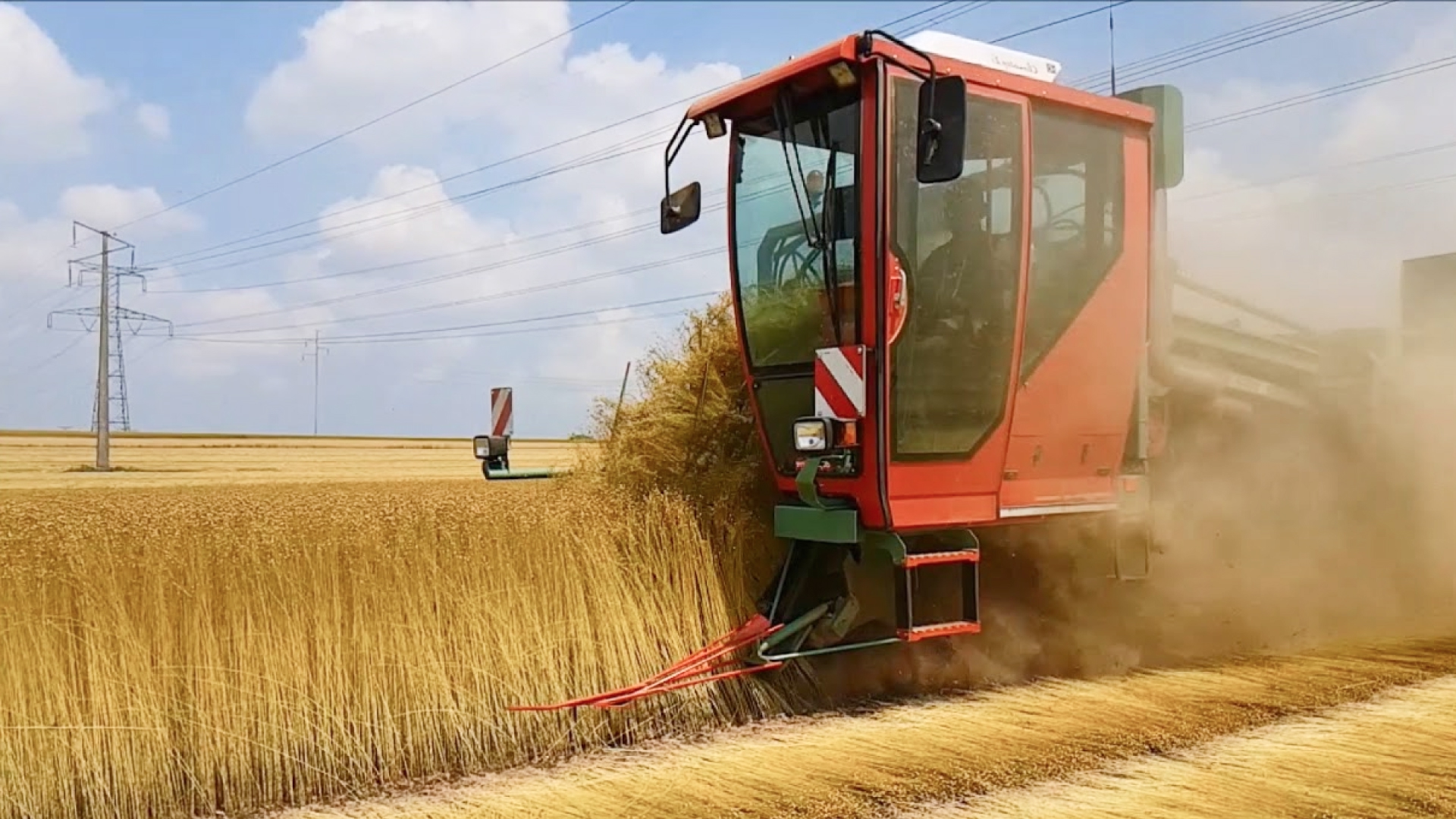
Pulling starts in July, when the stems have lost their leaves along a third of their height from the soil. Flax is not cut, but rather pulled, to preserve the full length of the stems. The plants are then placed on the ground in windrows.
After pulling, the long roots remaining in the soil serve as fertiliser, making flax the ideal first crop in a cycle of rotation.
Step 4
Flax retting
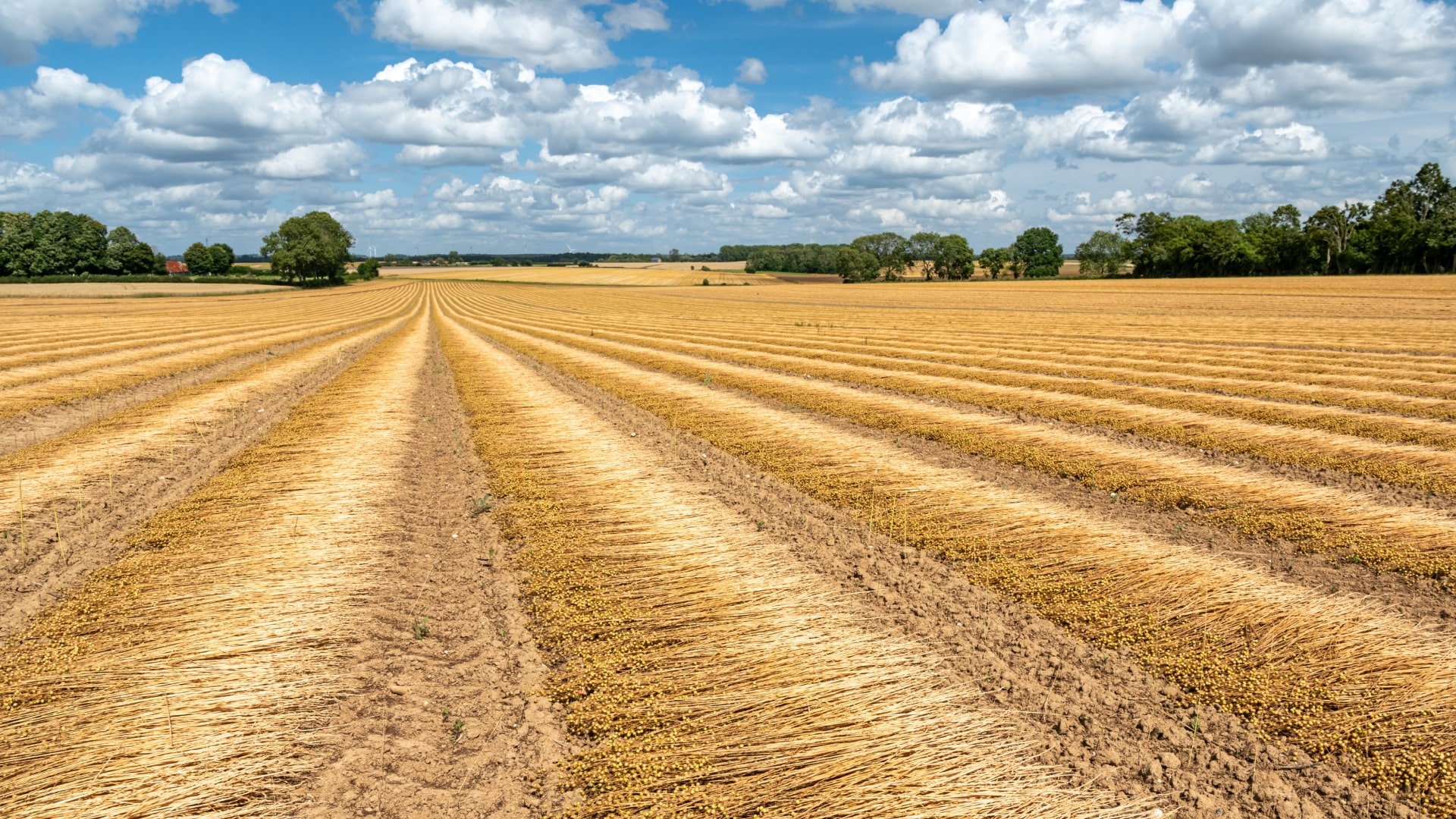
Retting is a natural processing phase for turning the plant into fibre. Precipitation, morning dew, and sunshine help microorganisms in the soil to break down the pectose, which binds the textile fibres to the woody part of the stem.
The retting phase lasts from July to September. To develop even retting, the flax is turned halfway. At the end, flax is collected into bales.
Step 5
Scutching
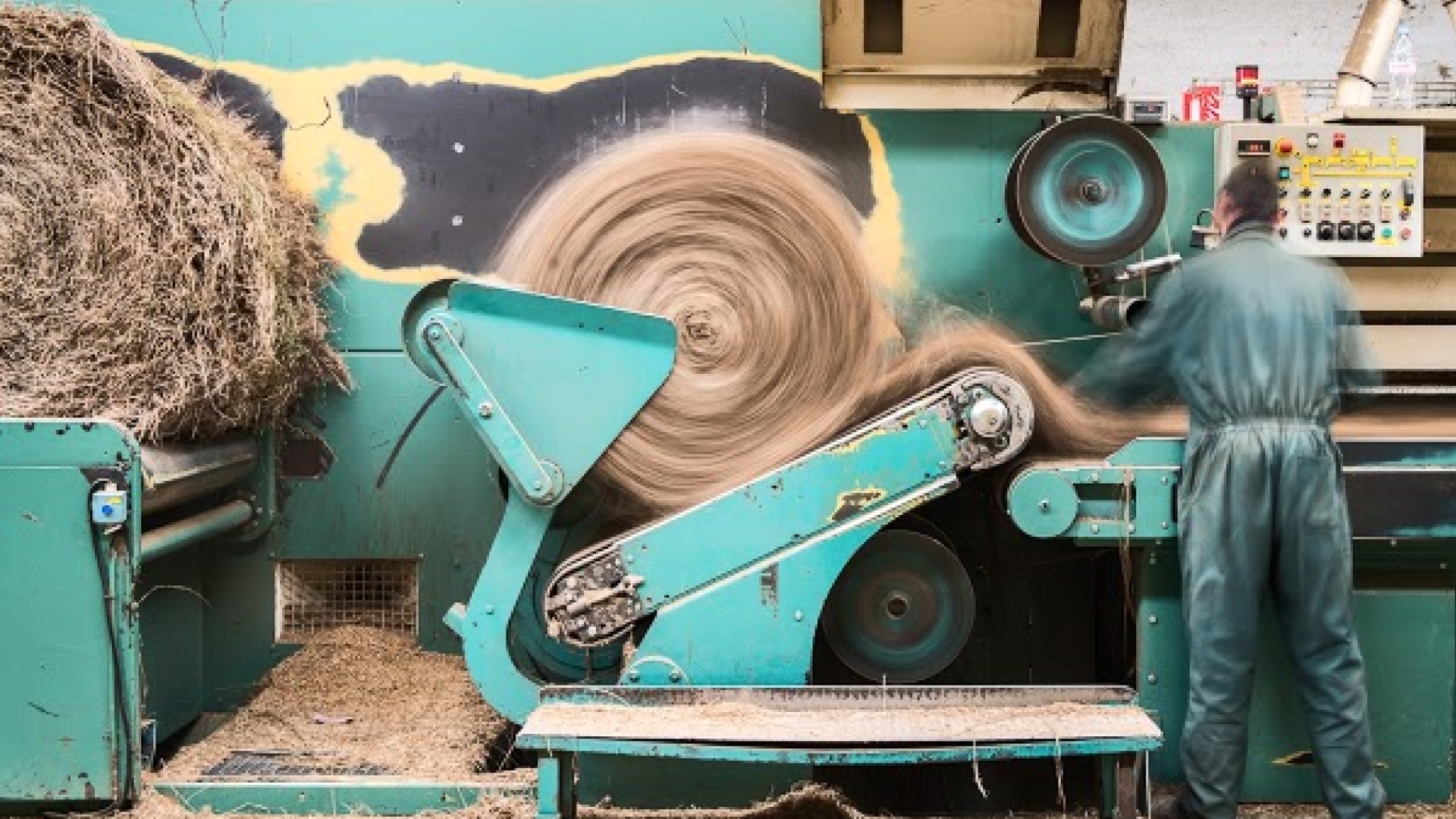
Flax fibres are contained in the outer layers of the stem. In order to be used, they must be extracted and separated from the wood present in the stem (shives). Scutching is a mechanical process which can be performed anytime during the year.
The entire plant is valued, and nothing is wasted: all fibres, long and short, and all derivatives (seeds and shives) are reused, for example as animal bedding.
